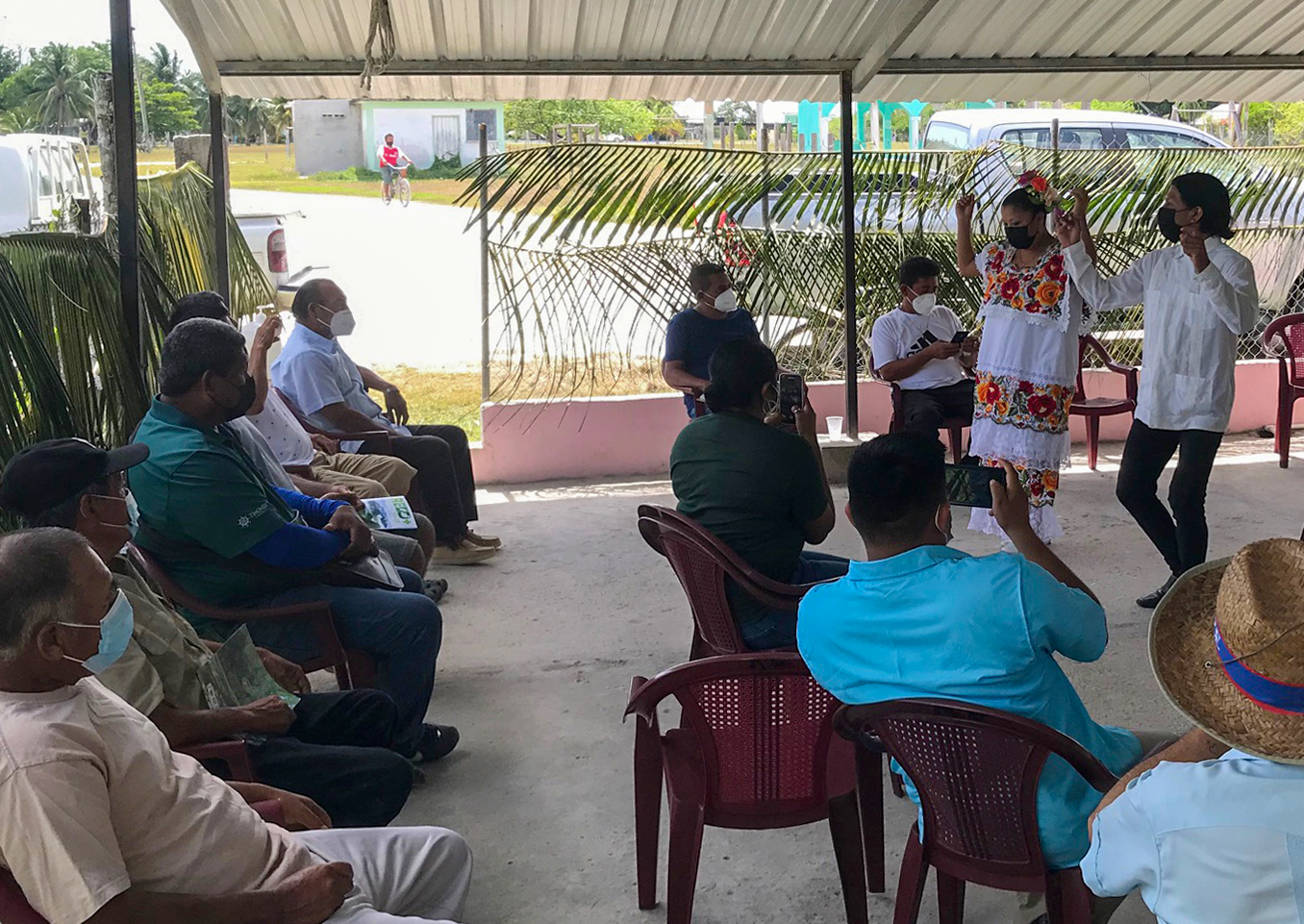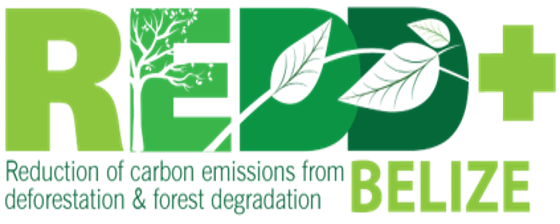REDD+ in Belize
REDD+ is a mechanism under the UNFCCC to provide incentives for countries to reduce forest-related GHG emissions and guide the sustainable management of forests and the conservation and enhancement of forest carbon stocks. Through the REDD+ framework, developing countries are financially rewarded for reducing their emissions or increasing removals of CO2 from the atmosphere through improved land-use practices in forests. A country's REDD+ programme encapsulates its efforts to reduce emissions from deforestation and degradation while fostering conservation and sustainable forest management and ensuring transparency, accountability and the sharing of benefits.
R
E
D
D
+
Sustainable Forest
Managment and
Carbon Stock Enhancement
PHASE 1: readiness
PHASE 2: implementation
PHASE 3: Results-based actions
The development and implementation of a REDD+ programme consists of three phases:
Readiness, which involves the design of four elements: a national strategy, a national forest reference emission level and/or forest reference level, a robust and transparent national forest monitoring system, and a system for providing feedback on how the safeguards are being addressed and respected throughout the implementation of the REDD+ programme;
Implementation, the phase during which countries pilot, test and refine the four elements of the readiness phase;
Results-based actions, the phase in which the National REDD+ Strategy gets fully implemented at national level with measurement, reporting and verification of emissions reductions.
Why have a SIS in place?
In 2010, the member countries to the UNFCCC agreed to a package of measures structuring the elements of the REDD+ mechanism. Within the so called “Cancun Agreements” it was established that all countries interested in accessing REDD+ results-based payments under the UNFCCC must undergo the Readiness Phase (Phase 1 above) in which at least the following four REDD+ elements need to be developed:
- A National REDD+ Strategy;
- A Forest Reference Level/Forest Reference Emission Level (FRL/FREL);
- A National Forest Monitoring System (NFMS); and
- A Safeguards Information System (SIS).

This website presents Belize’s fourth REDD+ element, that is, Belize's Safeguards Information System. A SIS has been defined as “a system for providing information on how the safeguards ... are being addressed and respected throughout the implementation of ...[REDD+] activities” (UNFCCC 2011, FCCC/CP/2010/7/Add.1, paragraph 71 d).
It is worth mentioning that, apart from being a UNFCCC requirement, Belize also intends for its SIS to be a method for strengthening its right-based approach to REDD+, the management of potential environmental and social risks, and to present its efforts in the forestry sector to all Belizean citizens and the international community in a transparent manner.



